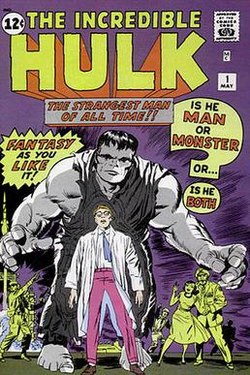marvel universe |
Peyton Dean
Mackenzie Blakely
Joe Brannigan
Nick Culpepper
James Burns
Mackenzie Blakely
Joe Brannigan
Nick Culpepper
James Burns
marvel universe |
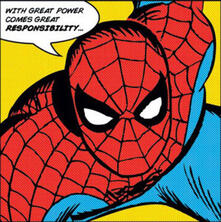
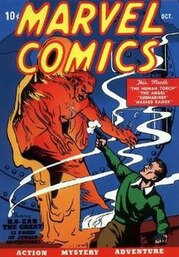
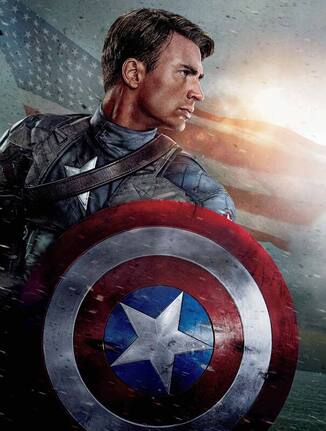
|
|
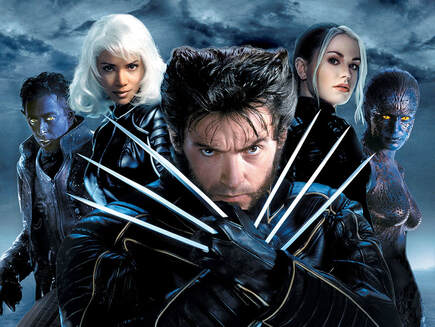
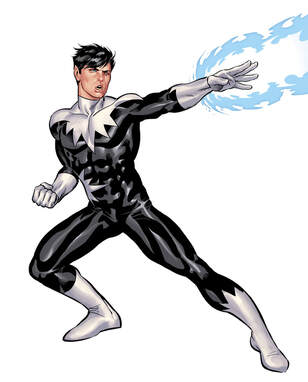
Feminism
The second-wave of the feminist movement first began in the early 1960s in the United States, and eventually spread throughout the Western world and beyond. In the United States the movement lasted through the early 1980s. The movement was also known as the women's movement, or simply feminism, and was a series of political campaigns for reforms on issues such as equal pay, reproductive rights, women's suffrage, sexual harassment, etc.
|

